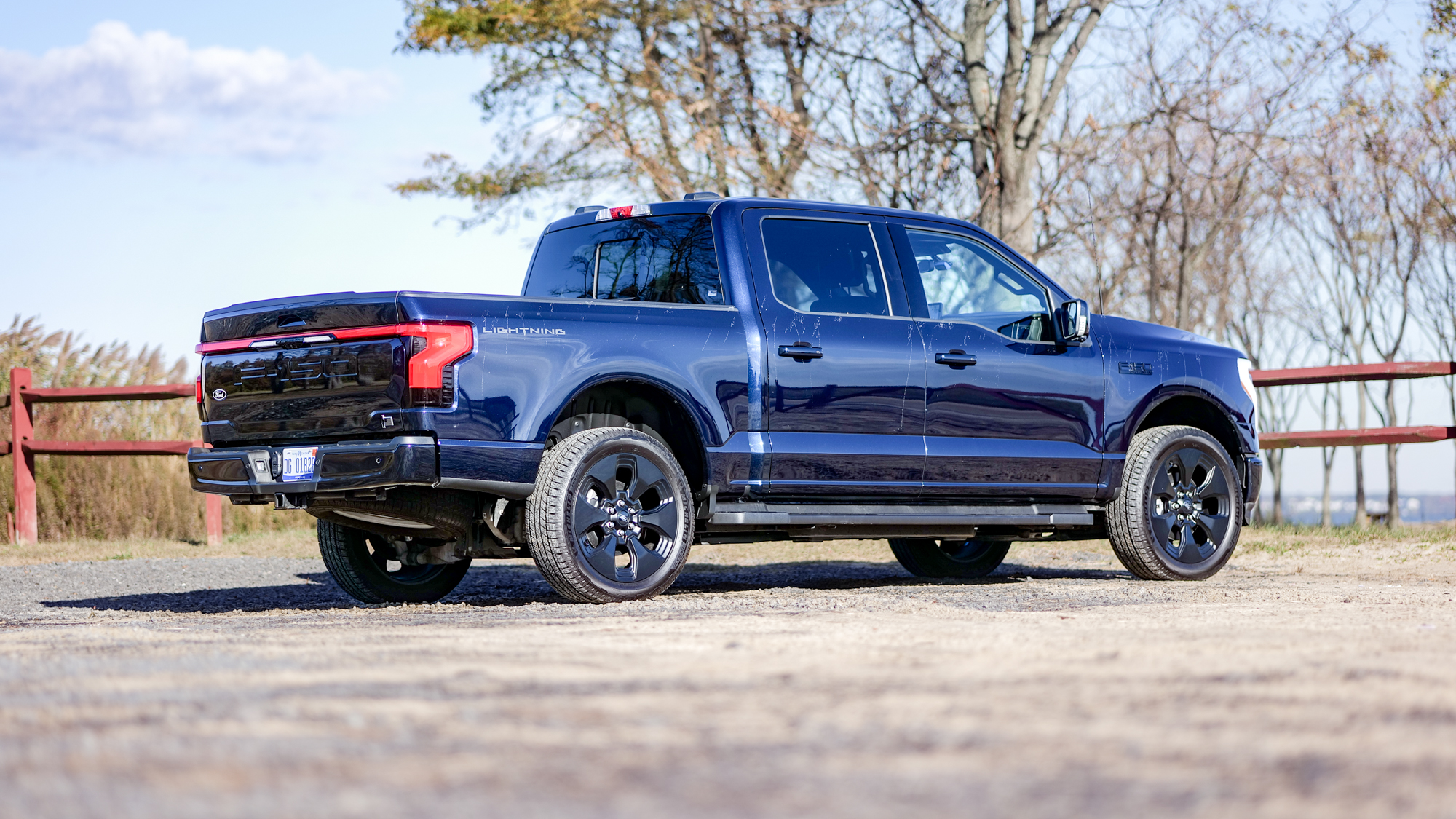Best of CES 2019: Tom’s Guide Awards for New Tech
From LG’s mind-blowing rollable OLED TV and Google’s Interpreter to a 5G router and an Impossible Burger, these are the most innovative things at CES 2019.
CES 2019 felt like a transition year for tech as the industry lays the foundation for things like 5G, which will touch nearly every aspect of our lives, from self-driving cars and phones to health care. We also got a sneak peek of our entertainment future with a number of 8K TVs on display, offering quadruple the resolution of today's 4K sets.
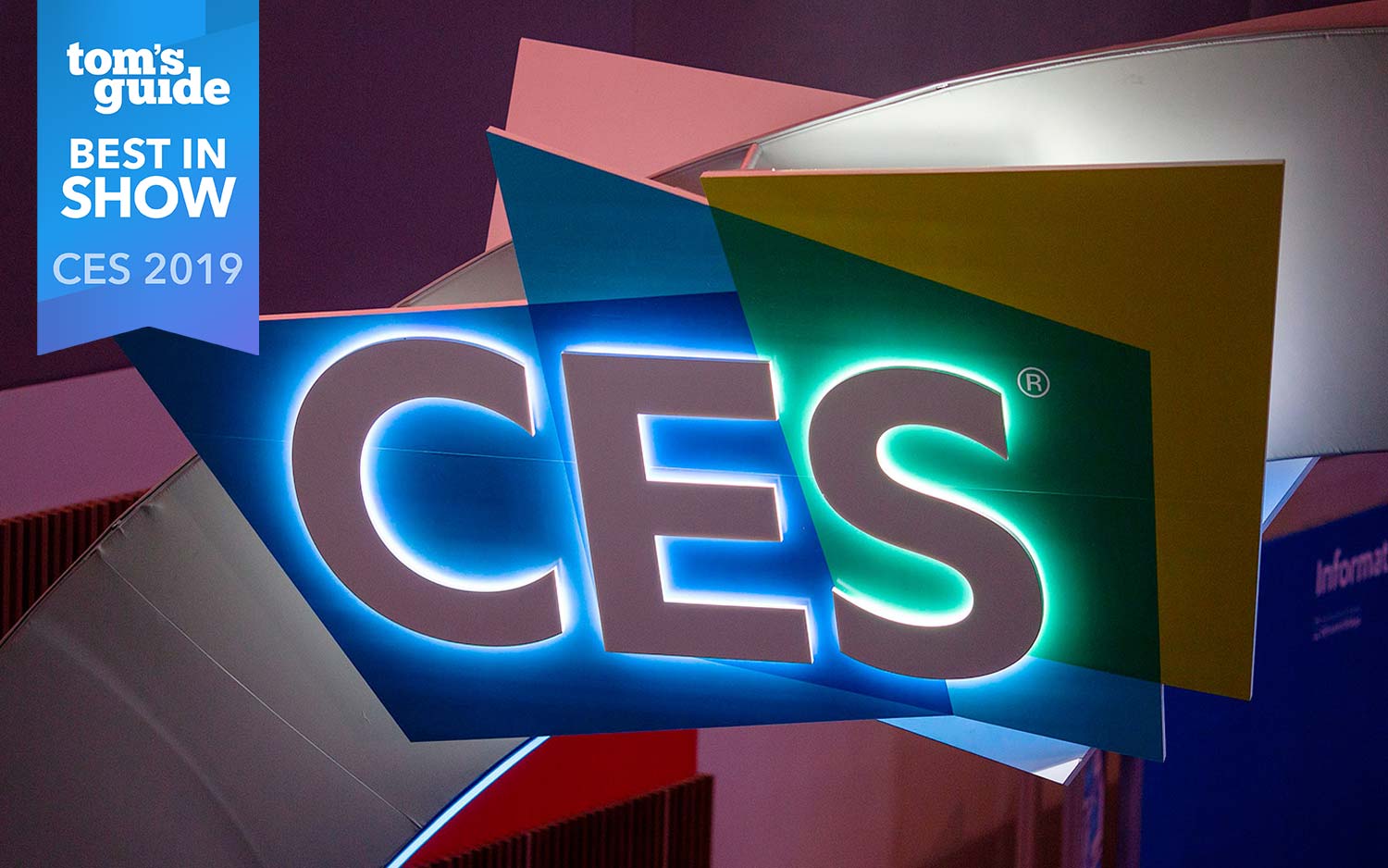
And yet there were still plenty of truly innovative products at this year's show that impressed our team of editors and writers at Tom's Guide, who met with dozens of companies across a wide range of categories. The first rollable OLED TV truly wowed, and we also saw the first foldable phone in action. AI was everywhere, enabling amazing real-time foreign language translation as well as more immersive augmented reality and audio experiences.
The award-winning products you see here represent the very best of CES 2019 and the very best of what to expect in the year to come.
Best of Show: LG Signature OLED TV R
Why you can trust Tom's Guide
It seems like a TV from the future. The LG Signature OLED TV R has a super-thin 65-inch 4K OLED display unfurls from an elegant metal base to deliver a stunning picture. And it can retract again just like magic. But that's just the beginning. You can also choose a Line Mode that exposes just a quarter of a screen, which comes in handy when you want to play music, enjoy photos or watch a crackling virtual fireplace.
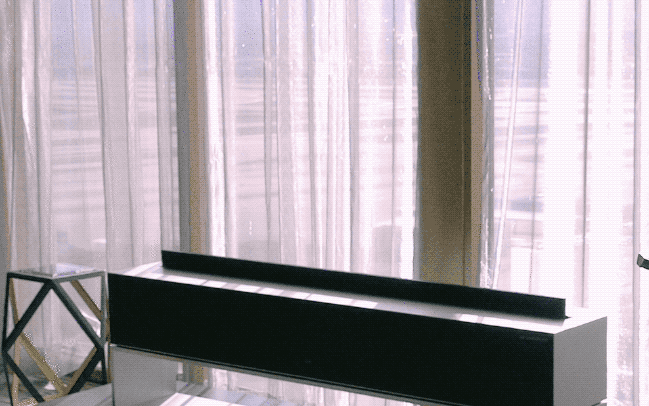
Then you hear the power of the 100-watt sound system, aided by AI to simulate an immersive surround sound experience. The OLED TV R also supports both Alexa and Google Assistant, and you can control smart-home gadgets from LG's Dashboard screen. This is a as drool-worthy as technology comes, and it’s coming this year. — Mark Spoonauer
Credit: Tom’s Guide
Best Innovation: Google Interpreter
It's a modern-day Tower of Babel: Speak to any Google Home device, and Google's new interpreter mode can translate what you're saying into 27 languages near-instantaneously.
Simply tell Google Assistant the language or languages you want to translate, then speak a phrase, and the assistant will then speak the sentence in the other language. The person you're talking to then merely needs to speak the reply to Google Assistant, and you'll hear it in your native language. I was speaking in Italian to someone in German, and we were able to understand each other as if we were speaking the same language. — Mike Prospero
Credit: Tom’s Guide
Best Laptop: Asus ROG Mothership
It's a laptop. It's a desktop. It’s all kinds of awesome. The Asus ROG Mothership is one of the most jaw-dropping gaming PCs we've seen, with a one-of-a-kind detachable design that lets you pop off the laptop's keyboard and prop up the display to turn it into a miniature desktop battlestation.
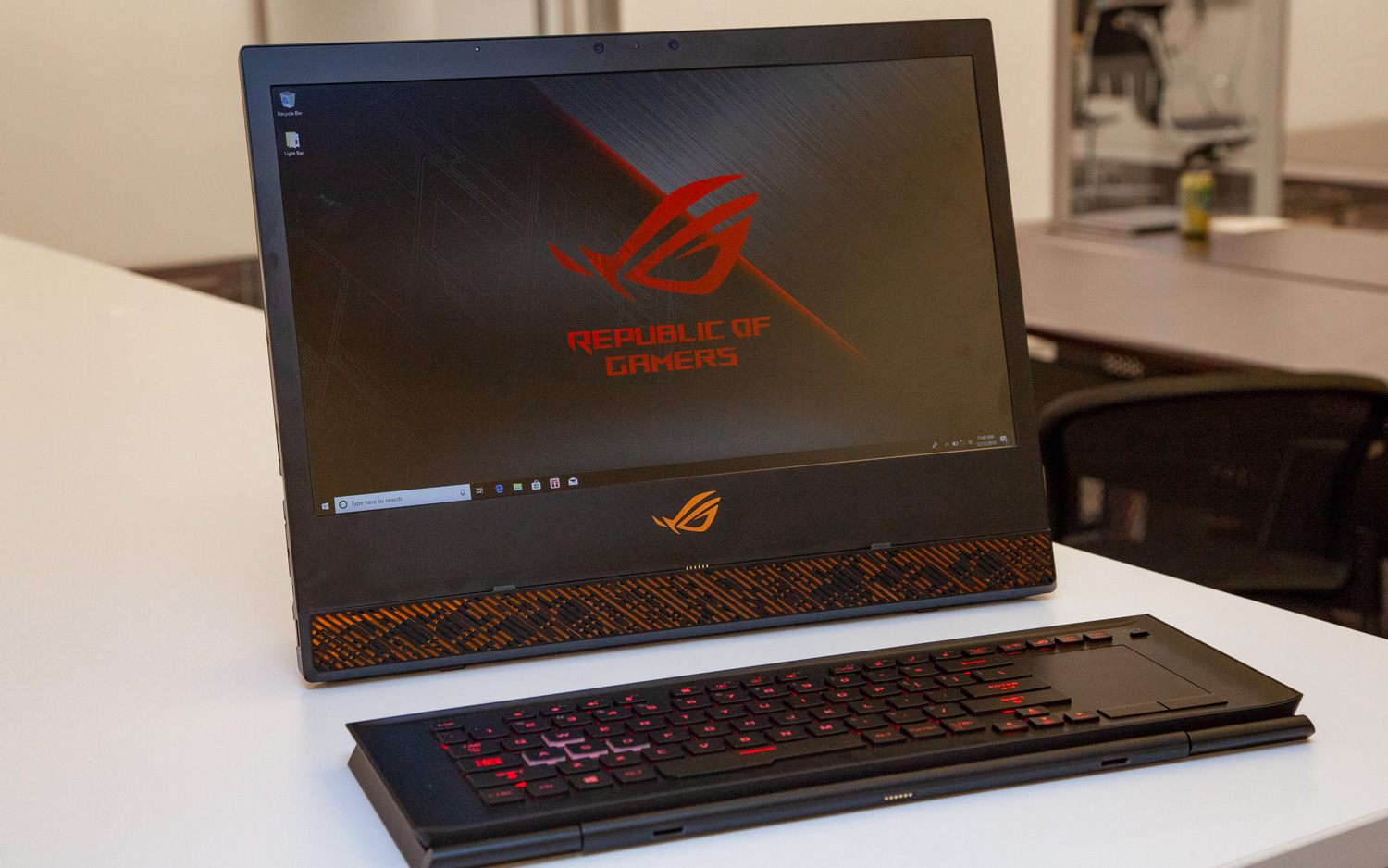
It's convertible design is backed by a whole ton of power, allowing you to tear through demanding games on an Intel Core i9 CPU and an Nvidia RTX 2080 GPU regardless of how you’re using it. In a CES filled with great gaming laptops, no manufacturer pushed the envelope as far as Asus did. — Mike Andronico
Credit: Tom’s Guide
Best Smart Home Device: Bosch PAI
To call this a smart projector would be selling this device short. Mount the PAI to the underside of your kitchen cabinet, and it will project a fully interactive display onto your countertop, letting you scroll and tap as if it were a real Android touch screen — but without dirtying up a screen with your messy hands.

The PAI does much more, though: A camera on its underside can identify food items and suggest recipes; it can even measure the thickness of a steak, and tell you how long you need to cook it. And, you can also use its cameras for video chats. For those who have trouble slicing cakes, it will overlay virtual lines onto the confection. No more arguments over who got the larger slice. — Mike Prospero
Credit: Tom’s Guide
Best Fitness Tech: FightCamp
Any tech that lets you live your life like you're in the middle of a Rocky training montage is all right by us. And FightCamp's $995 workout kit contains just about everything you need to do just that, short of a Survivor cover band belting out "Eye of the Tiger." You get a pair of sensors that you tuck into some included wraps from your fists, plus a pair of boxing gloves, a freestanding bag and a workout mat.

The sensors measure how many punches you throw, how hard you hit and other data that gets recorded in a companion app, that also features on-demand training courses as part of a $39-a-month subscription. Perhaps the best thing about FightCamp is that its classes cover all levels of expertise, from beginners to serious fighters, making this a smart workout kit anyone can benefit from. — Philip Michaels
Credit: Tom’s Guide
Best Augmented Reality: RealMax Qian
We're still waiting for the day when augmented-reality glasses will make the leap from development hell to true consumer tech. RealMax is pushing the market one step closer to fruition with its Qian headset.
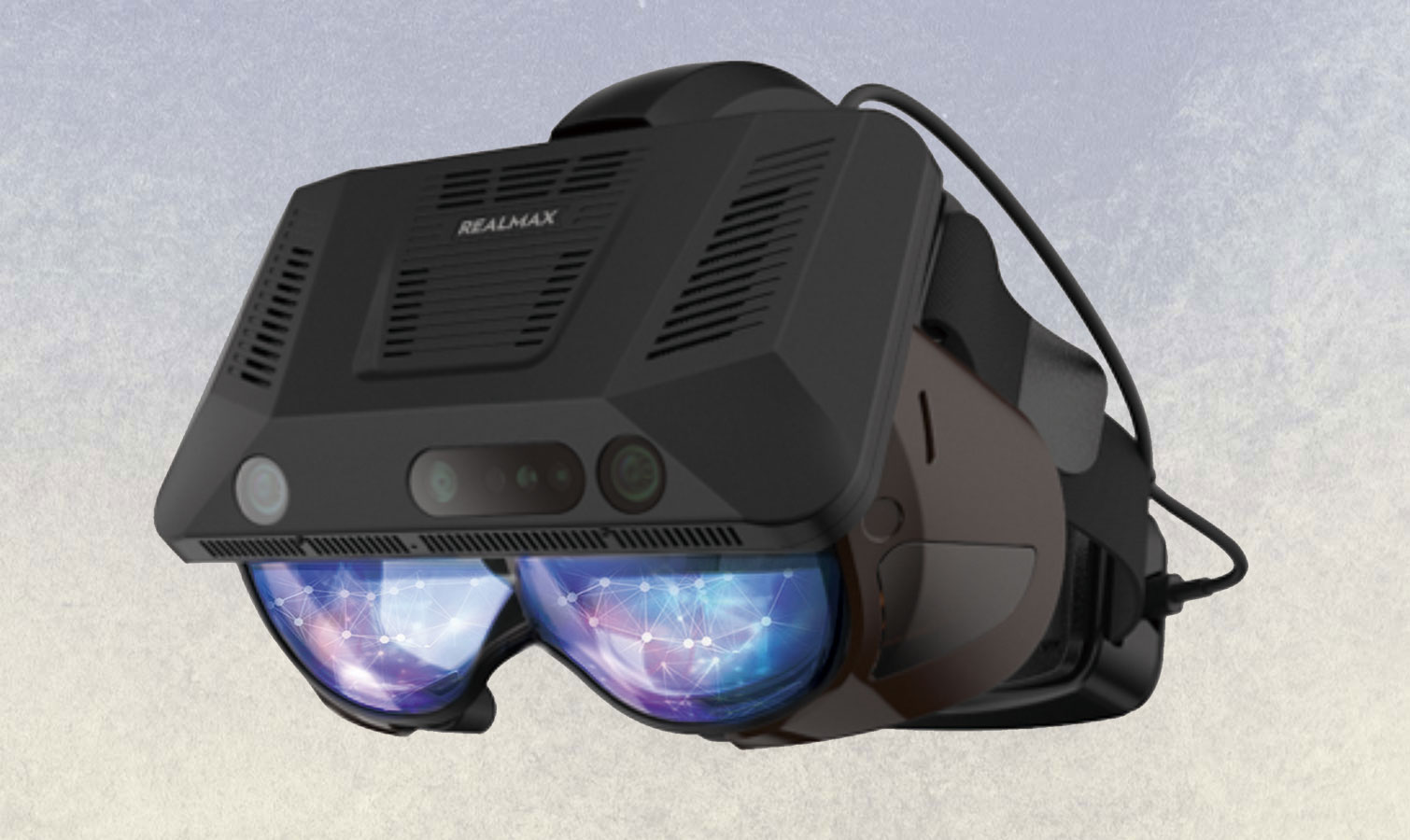
Powered by a Qualcomm 835 processor, the Qian delivers solid AR overlays while addressing the biggest problem with AR glasses –– narrow field of view. Where Microsoft Hololens offers only a 35-degree FOV, the Qian boasts a whopping 100 degrees. At $1,500, the Qian is a long way from being wallet-friendly, but it's pushing the industry in a positive direction. — Sherri L. Smith
Credit: RealMax
Best Design: Nanoleaf Canvas
We review dozens of smart lights, light strips and fixtures each year, but no products as innovative as those that come from Nanoleaf. Its smart LED wall tiles are more beautiful and customizable than any other light fixtures on the market, and this year's Canvas product is the company's smartest yet.
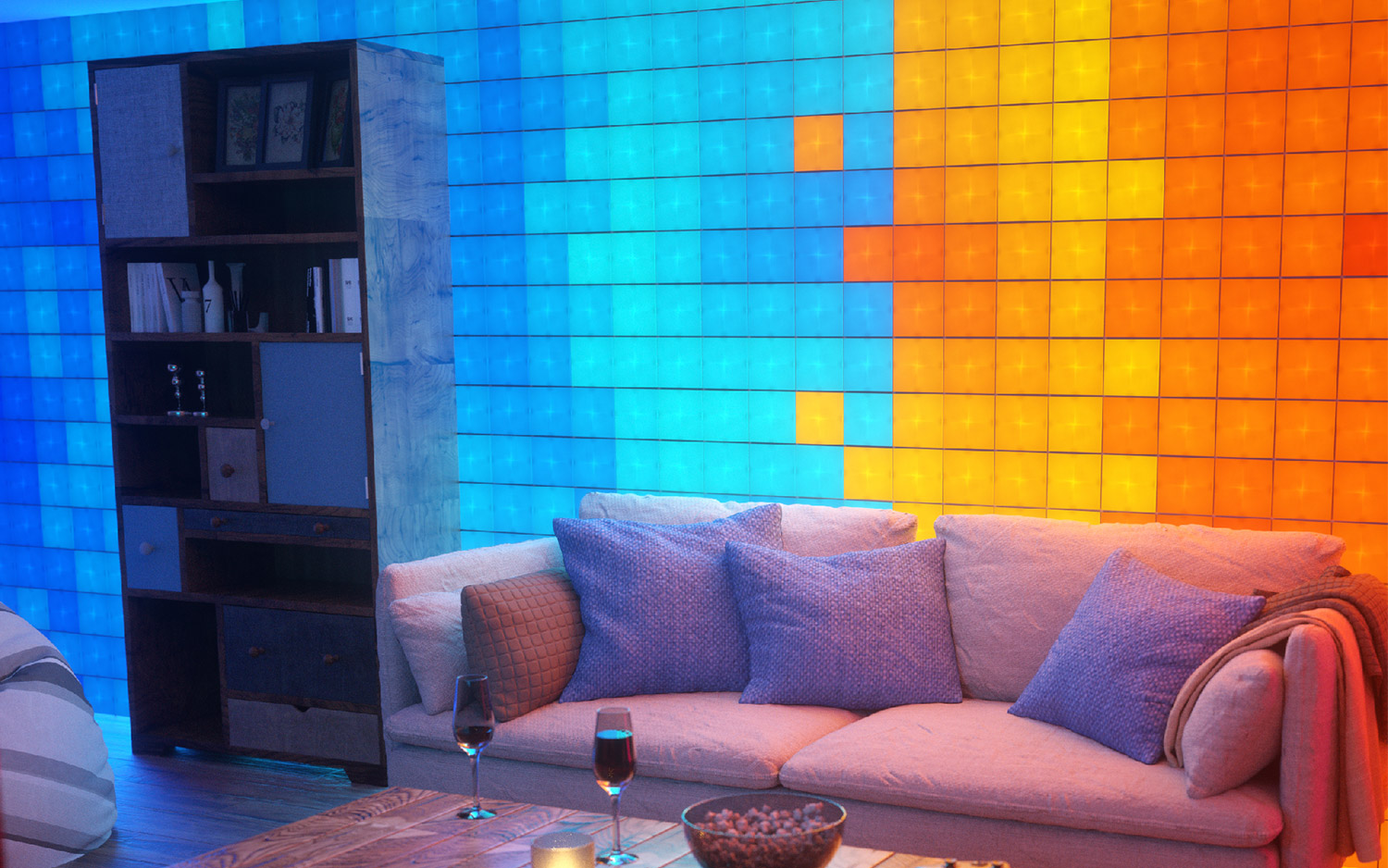
For the first time, you can control the panels with touch — you can change their color, and play music through Alexa. Best of all, the display can sync its color and brightness to your music. And the results are truly stunning. — Monica Chin
Credit: Nanoleaf
Best Smartphone: Royole FlexPai
A foldable phone revolution is coming, and the Royole FlexPai is the pioneer in what promises to be a very exciting category. This phone's OLED screen stretches out to a relatively massive 7.8 inches, so it essentially transforms into a tablet.
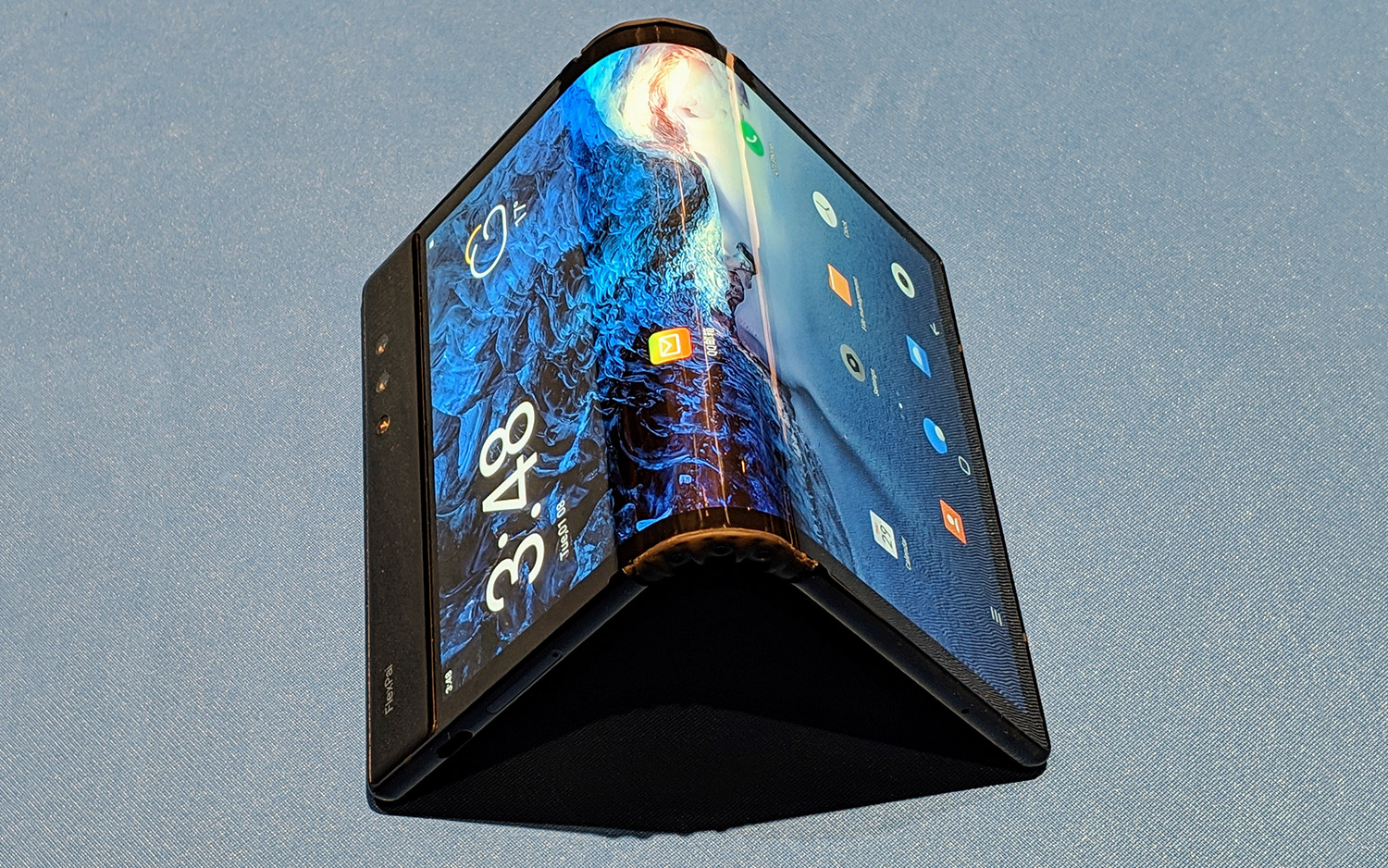
When folded up, what becomes the back of the phone provides easy access to the camera, and the edge of the device can display notifications. The specs are fairly beefy, too, as this Android 9 handset packs the latest Snapdragon 855 processor. At over $1,300, the FlexPai isn't cheap, but it represents an exciting step in redefining what a smartphone can be. — Mark Spoonauer
Credit: Tom’s Guide
Best Robot: Temi Personal Robot
There were a lot of robots at CES, but none were quite as robust, cute or intuitively multipurpose as Temi. This Alexa-enabled device uses motion sensors and facial recognition to follow you around your house, and a platform on its backside allows it to carry your possessions, or even serve drinks.
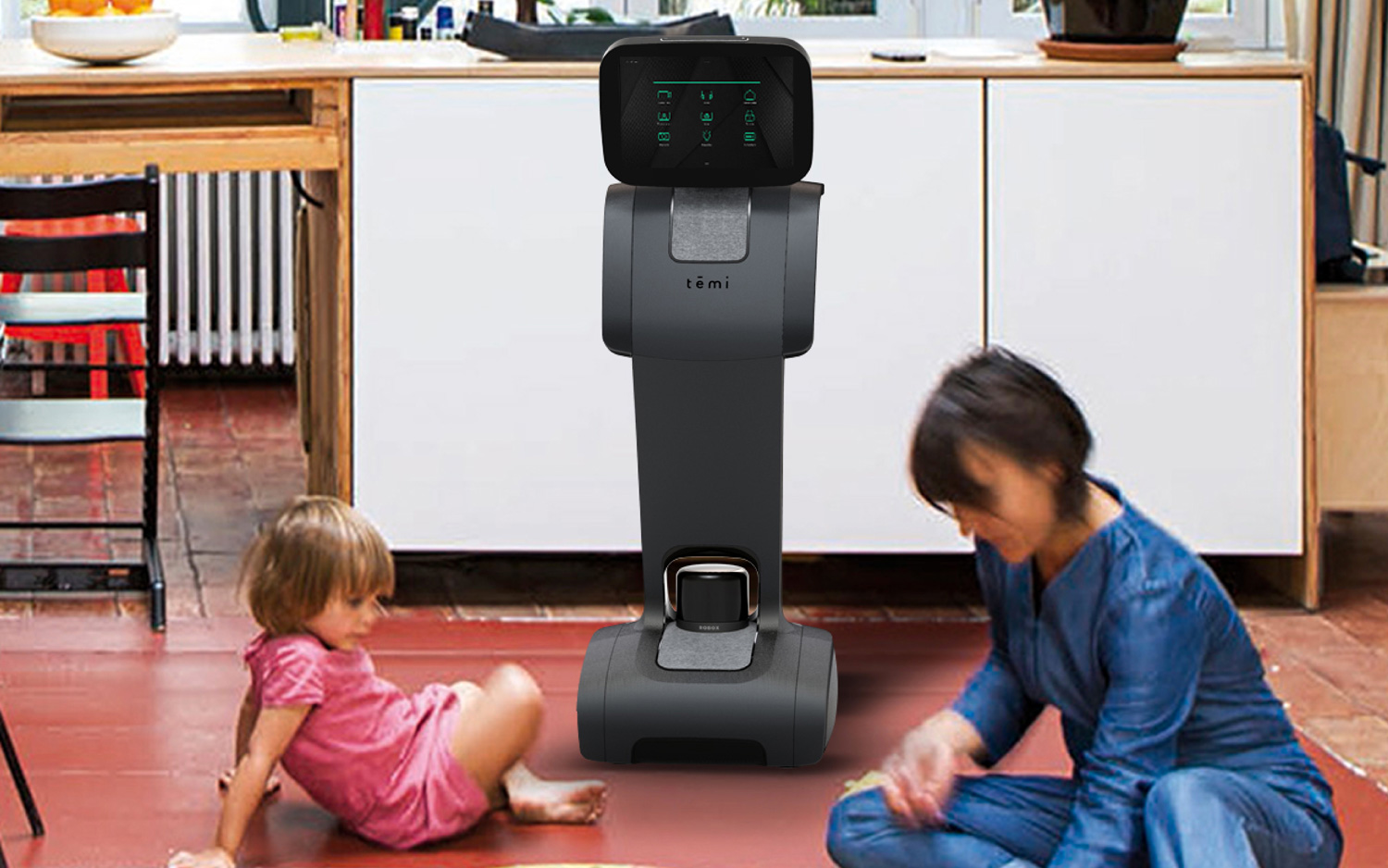
Its standout feature, however, is its built-in smart display, which is essentially an Echo Show that follows you around. As you go about your day, Temi can play music, answer your questions, stream YouTube videos, or guide you through a recipe; if you're video-chatting on the go, it can even follow you around. Best of all, it’s only $1,500. — Monica Chin
Credit: Temi
Best Food Tech: Impossible Burger 2.0
The Impossible Burger isn't a conventional tech product, but it is a feat of engineering. This faux meat could even change the world. Impossible Foods' mission is to lessen society's reliance on meat, and even eradicate animal products from our diet altogether. With the Impossible Burger 2.0, the company is edging closer to its mission. The overhauled recipe is based on soy protein rather than wheat, which changes the texture and makes the not-meat more meat-like.

Taking a bite felt like tasting a medium-rare burger — the same umami flavor, the same juices soaking into the bun. The new recipe also makes Impossible Burger more versatile, because now you can grill it and cook it in sauces while retaining its structural integrity. But even more important, Impossible Burger 2.0 is so good that even die-hard carnivores won't miss beef. That could be a game-changer for society, and the environment. — Caitlin McGarry
Credit: Tom’s Guide
Best Audio: Panasonic GZ2000
The headline feature of the Panasonic GZ2000 TV seems to be the integration of both of the leading HDR standards in HDR10+ and Dolby Panasonic Vision. But the real standout feature of this set (which will come inn 55- and 65-inch flavors) is Dolby Atmos.

Yes, many TVs have Atmos now, but none have the up-firing speakers the GZ2000 has. Couple this with the ability to add your own sub directly to the set and what you have isn't just a great TV but an audio powerhouse. — Marc Chacksfield
Credit: Panasonic
Best Gaming Peripheral: Razer Turret
The Razer Turret, the first wireless mouse and keyboard made specifically for the Xbox One, is an essential peripheral for console gamers. Razer spared no expense when designing the Turret, which consists of a mouse and keyboard inspired by two of our favorite gaming peripherals, the Mamba and BlackWidow.
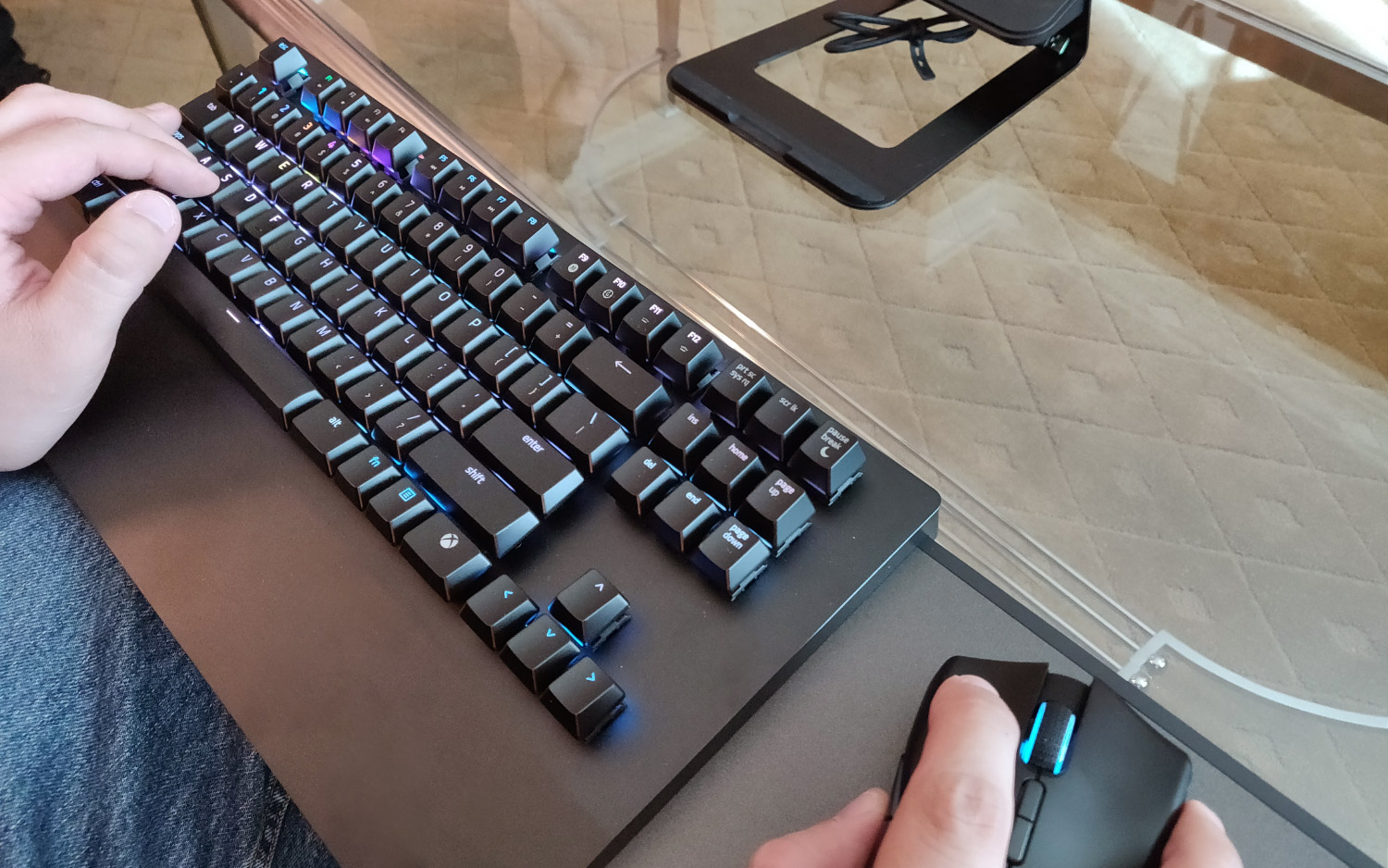
Wireless support for the Xbox One is reason enough to buy the Turret, but Razer wasn't content to stop there. The keyboard's RGB lights adapt to what is happening in your game. When I demoed X-Morph Defense, the F1 to F4 keys acted as a health indicator for my character. When my ship took hits, the lights changed from green to red, reminding me that I needed to step up my game. — Phillip Tracy
Credit: Tom’s Guide
Best Gaming Desktop: IBuyPower Snowblind x4
The iBuyPower Snowblind x4 is a gaming PC extravagance at its finest, delivering four transparent LED side panels that encase a mesmerizing rotating design.
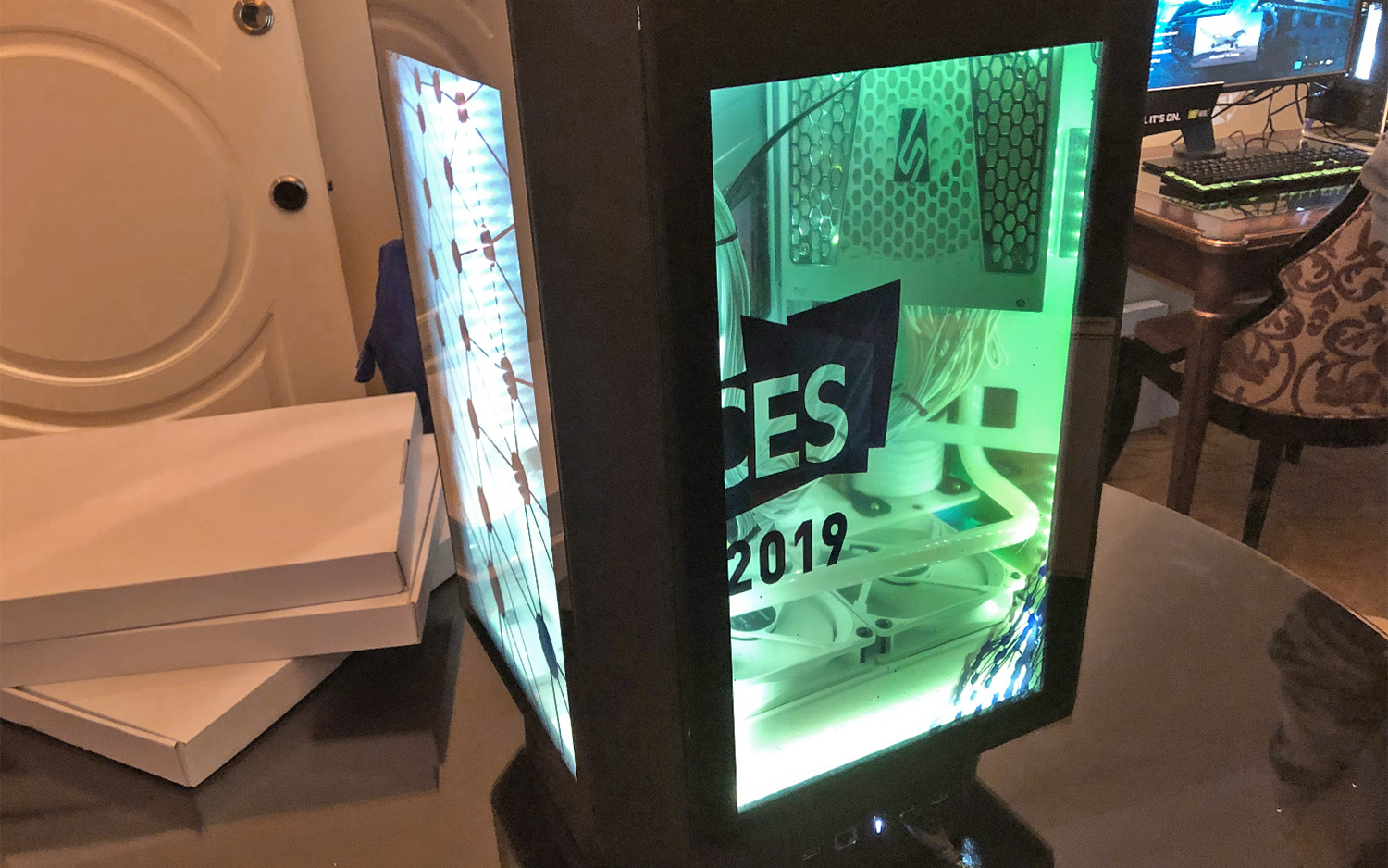
As with the standard Snowblind, the x4's panels can be customized to display anything from animated logos to performance meters and Twitch chat windows, and it's tall, spinning chassis can be loaded up with the latest Nvidia and AMD graphics cards complete with support for premium hardline liquid cooling. The Snowblind x4 is still a prototype (and will likely cost over $10,000 if it ever comes to market), but seeing iBuyPower take its already awesome Snowblind concept to ridiculous new heights is a delight to see. — Mike Andronico
Credit: Tom’s Guide
Best Headphones: Sennheiser Ambeo AR One
Sennheiser continues to innovate in the 3D audio space. The Ambeo AR One in-ear buds are the first to earn Magic Leap certification. The earbuds essentially let you to blend real-world and virtual audio for a feature that Sennheiser calls Transparency Hearing.
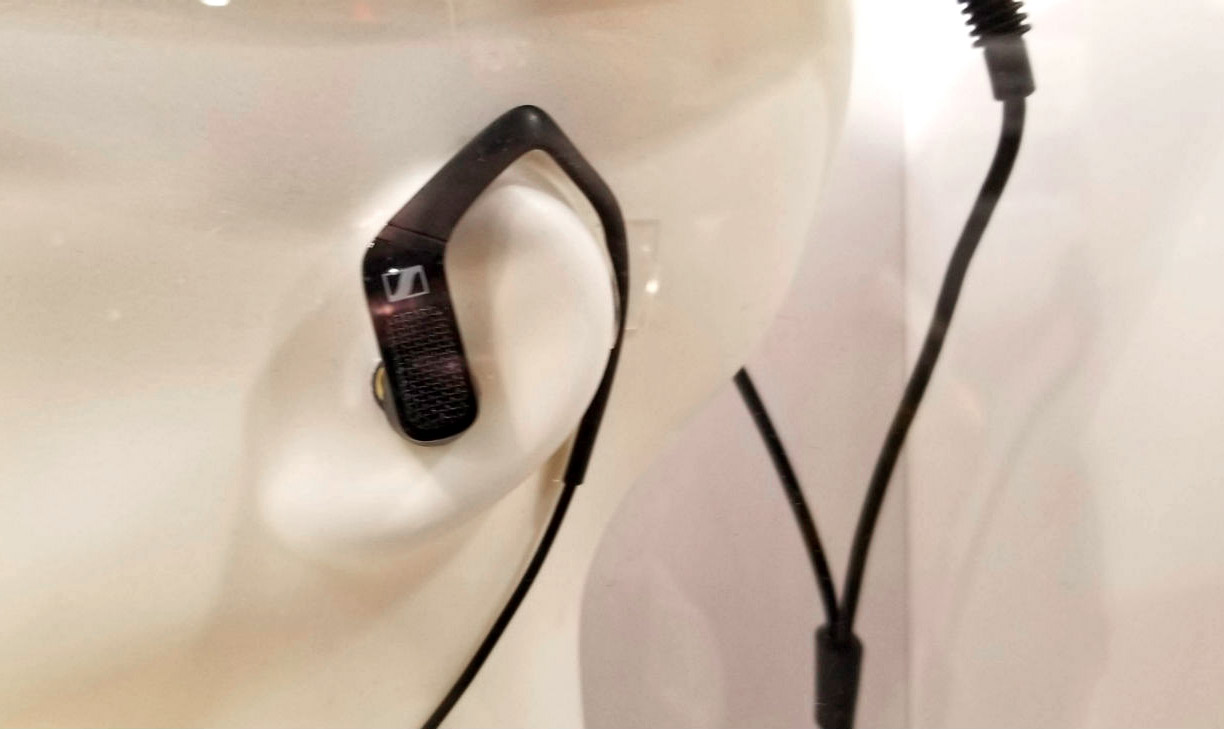
Using the companion app, you can control how much real-world sound mixes with the virtual sound. It's an experience that needs to be seen (and heard) to be believed — Sherri L. Smith
Credit: Tom’s Guide
Best Kid Tech: Lunii
We live in an age where parents are more worried than ever about how much time their kids are spending staring at screens, but that won't be a problem with Lunii. This $70 digital storyteller has no screen at all.
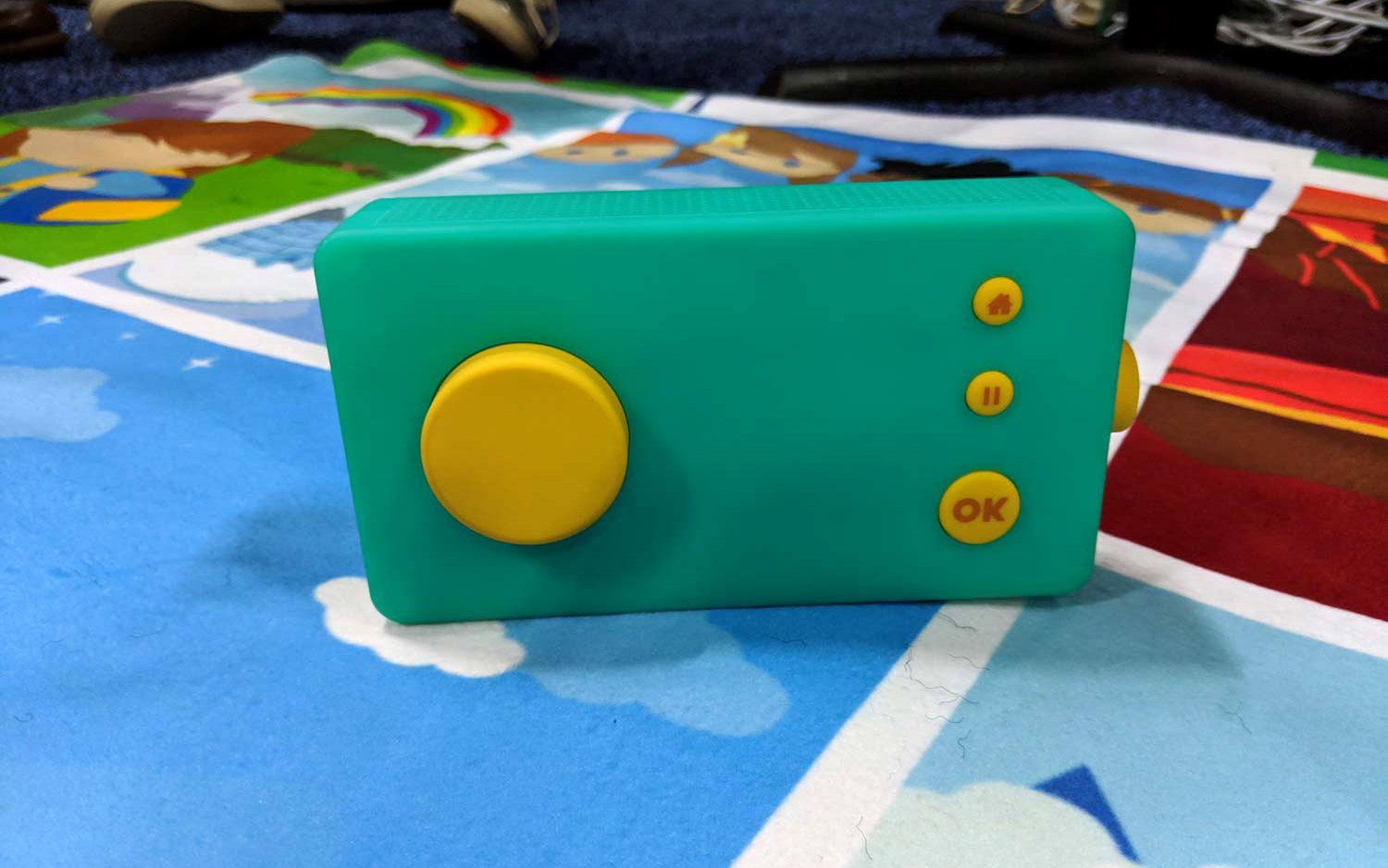
Instead, you get controls that are simple enough for children ages 3 to 8 to use, and enough different combinations of characters, settings and plots — 48 combinations in total — to keep kids entertained with 3- to 7-minute tales. And when those tales have been told, you can easily load more stories into Lunii for a nominal fee. — Philip Michaels
Credit: Tom’s Guide
Best Startup: NuraLoop
Nuraphone was a revelation when it arrived in 2018. Headphones that mapped how your ears heard audio, they were the smartest, most personal over-ears around.
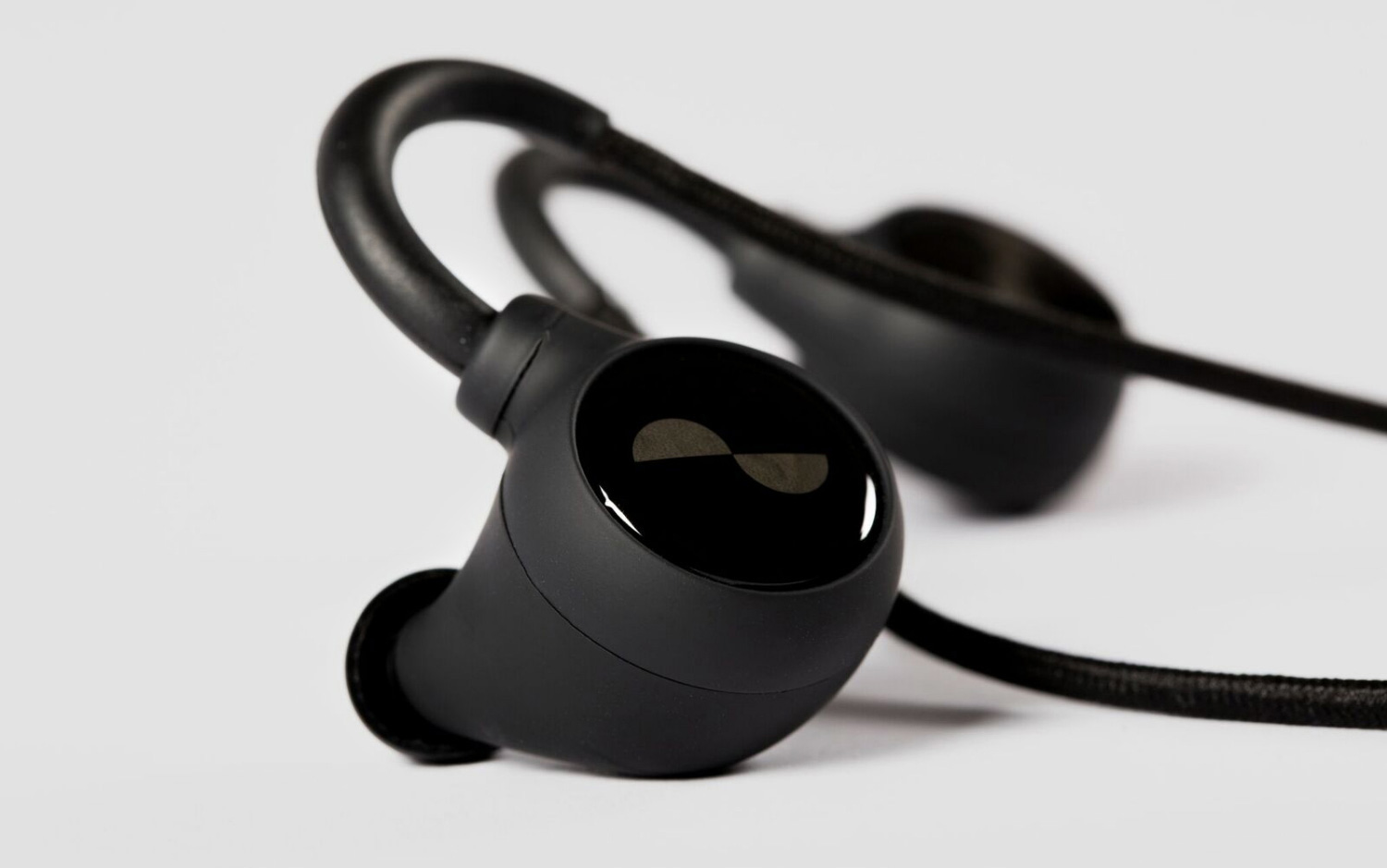
NuraLoop takes all of this brainy technology and squeezes it into a pair of wireless earphones. Using the same ear-mapping technology and employing wireless earphone tech, these will be the earphones to watch out for in 2019. And all this from Nura, a company still in its infancy but one to watch closely. — Marc Chacksfield
Credit: NuraLoop
Best Car Tech: Audi Holoride
Most of the conversation surrounding in-car entertainment is centered around how we'll spend time in our vehicles once full autonomy becomes possible. But what makes Audi's Holoride so enticing is that it works right now. Using Oculus Rift headsets and a direct connection to the car’s data networks, rear-seat passengers can engage in a fully immersive VR world that reacts dynamically in real time to the movements of the car they're riding in.
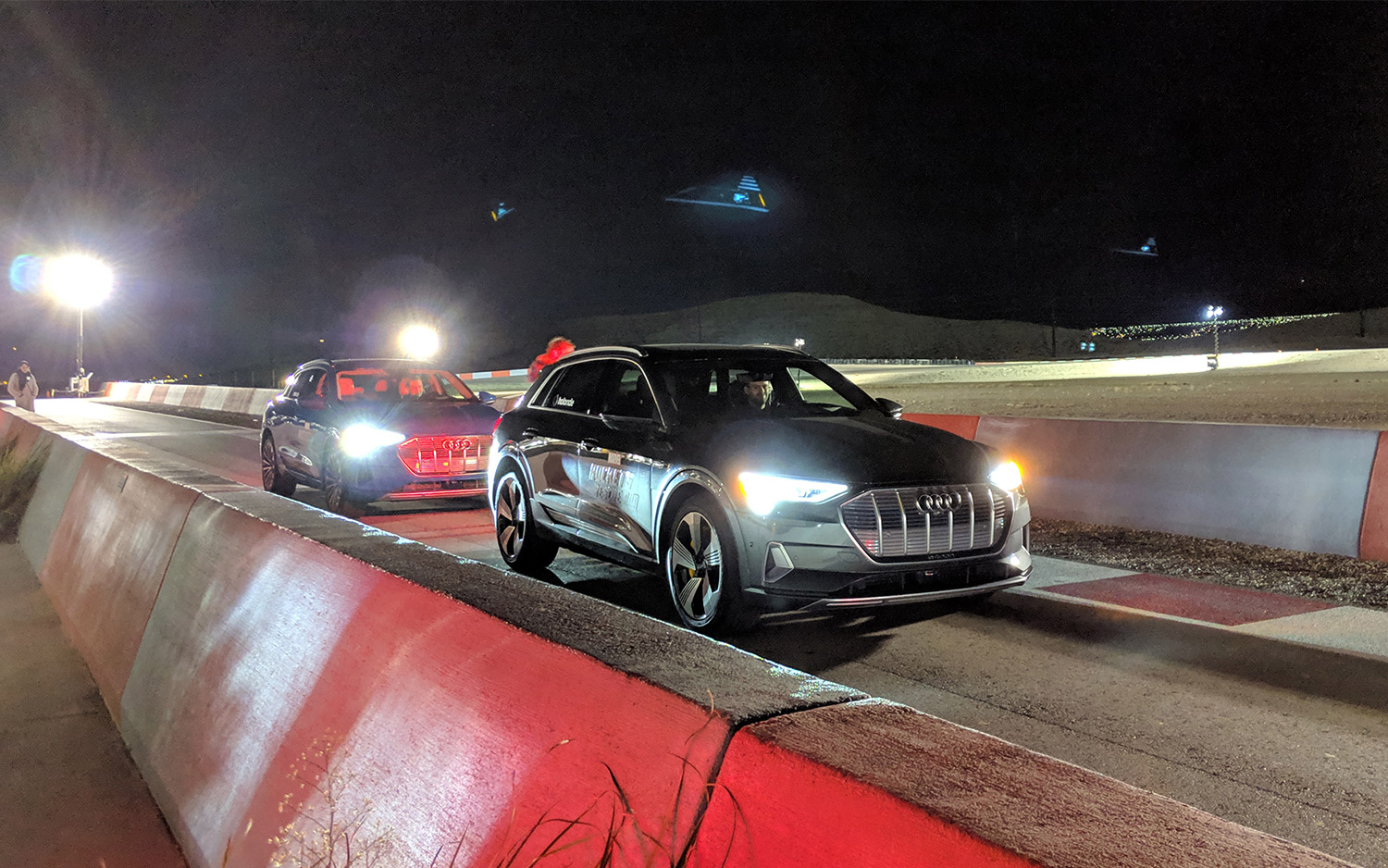
Audi's first demo of the technology involved a Guardians of the Galaxy-themed rail shooting game, but there's enormous potential for educational and travel-based applications as well that we’ll likely see fleshed out in a few years' time, when the German automaker is expecting to launch the platform for consumers. — Adam Ismail
Credit: Tom's Guide
Best VR: HTC Vive Pro Eye
They keep saying that virtual reality is dead but HTC keeps proving them wrong. The company just announced the HTC Vive Pro Eye, which keeps the power of the Vive Pro with the added benefit of eye tracking.
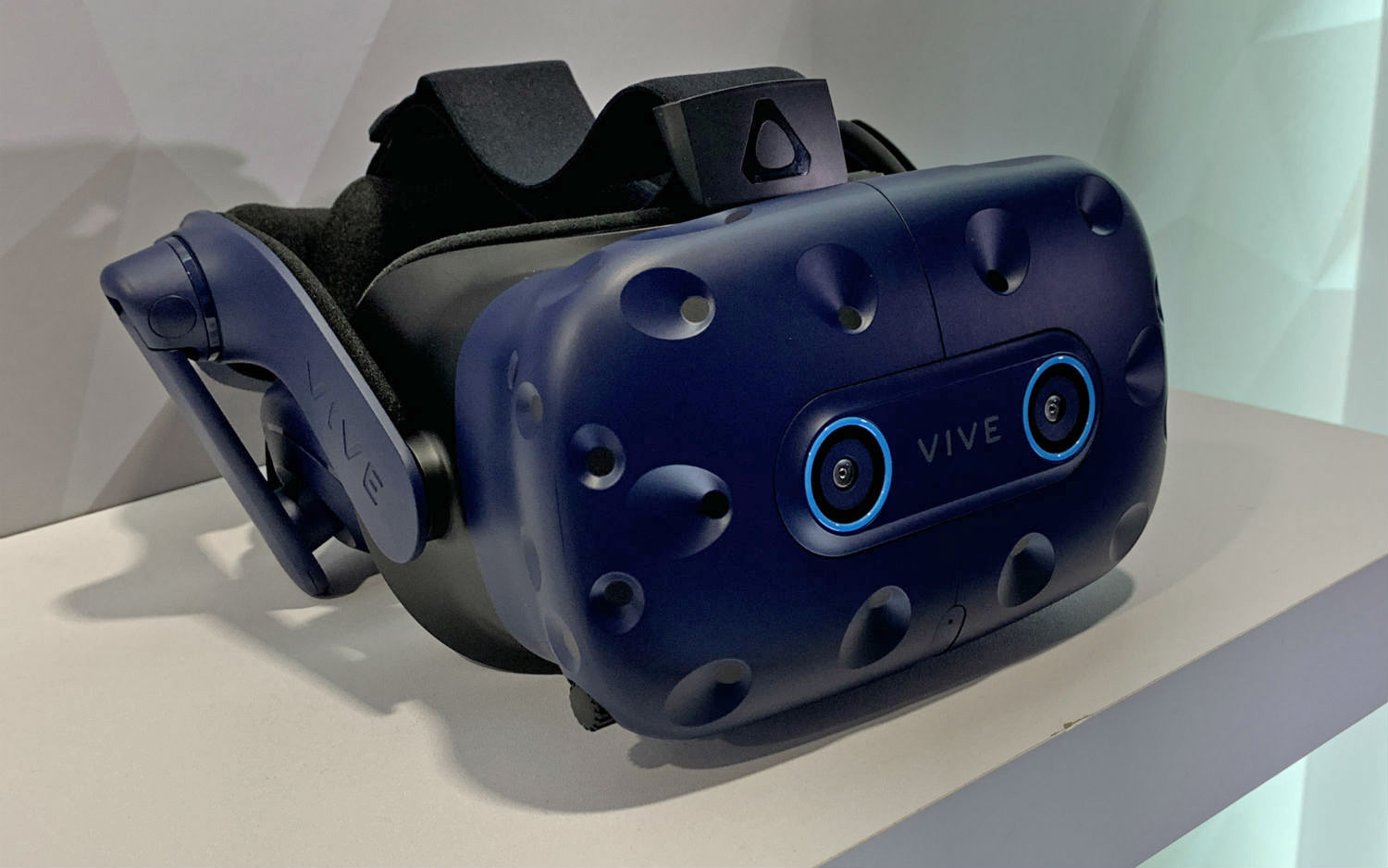
The tech really enhances the VR experience, delivering smoother menu navigation, helpful tracking data and more immersive experiences, like the NordicTrack VR Bike, Oration and Home Run Derby VR. Until we see what the upcoming HTC Vive Cosmos can do, the Vive Pro Eye is the company's definitive VR headset and the one to beat. — Sherri L. Smith
Credit: Tom's Guide
Best Monitor: HP Omen X Emperium
The saying goes that bigger is always better. And the HP Omen Emporium is the best, especially if you throw in its huge integrated soundbar packing 3120-watt amps with Low Frequency Array (LOFAR) Technology.
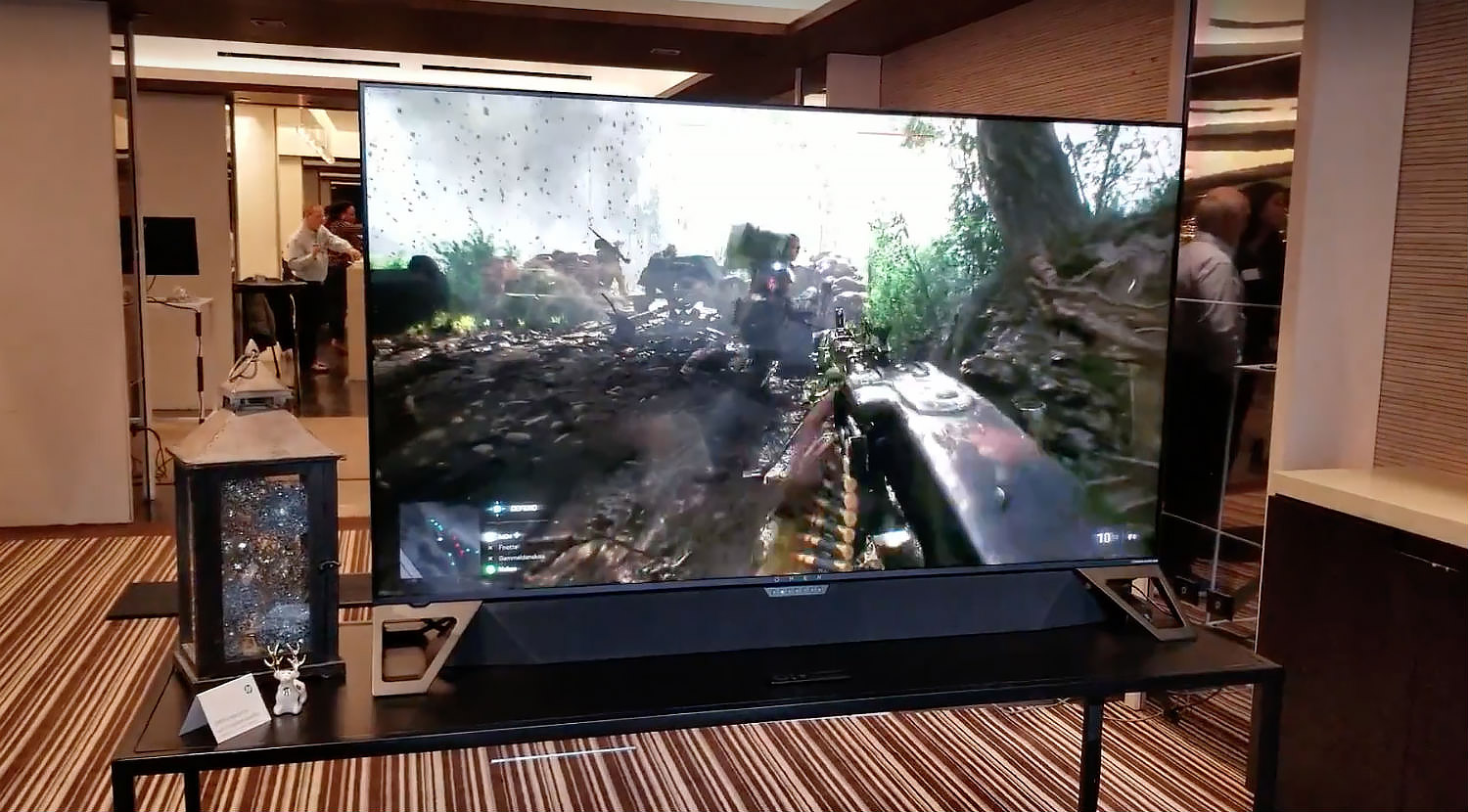
This massive 65-inch, 4K high dynamic range (HDR) display comes with an integrated Nvidia Shield, so you can access Netflix and Hulu as well as Nvidia's game streaming service. Speaking of gaming, the panel has Nvidia’s G-Sync technology, which all but eliminates screen tearing. It's a feast for the eyes and the ears, if you can afford that massive $5,000 price. — Sherri L. Smith
Credit: Tom's Guide
Best Health: Omron HeartGuide
Smartwatches are toeing the line between lifestyle product and medical device, and Omron's HeartGuide watch picks up where Apple Watch Series 4 left off with a blood pressure monitor cuff baked inside. This $499 watch does what you would expect a smartwatch to do: send notifications, track steps and even monitor sleep.
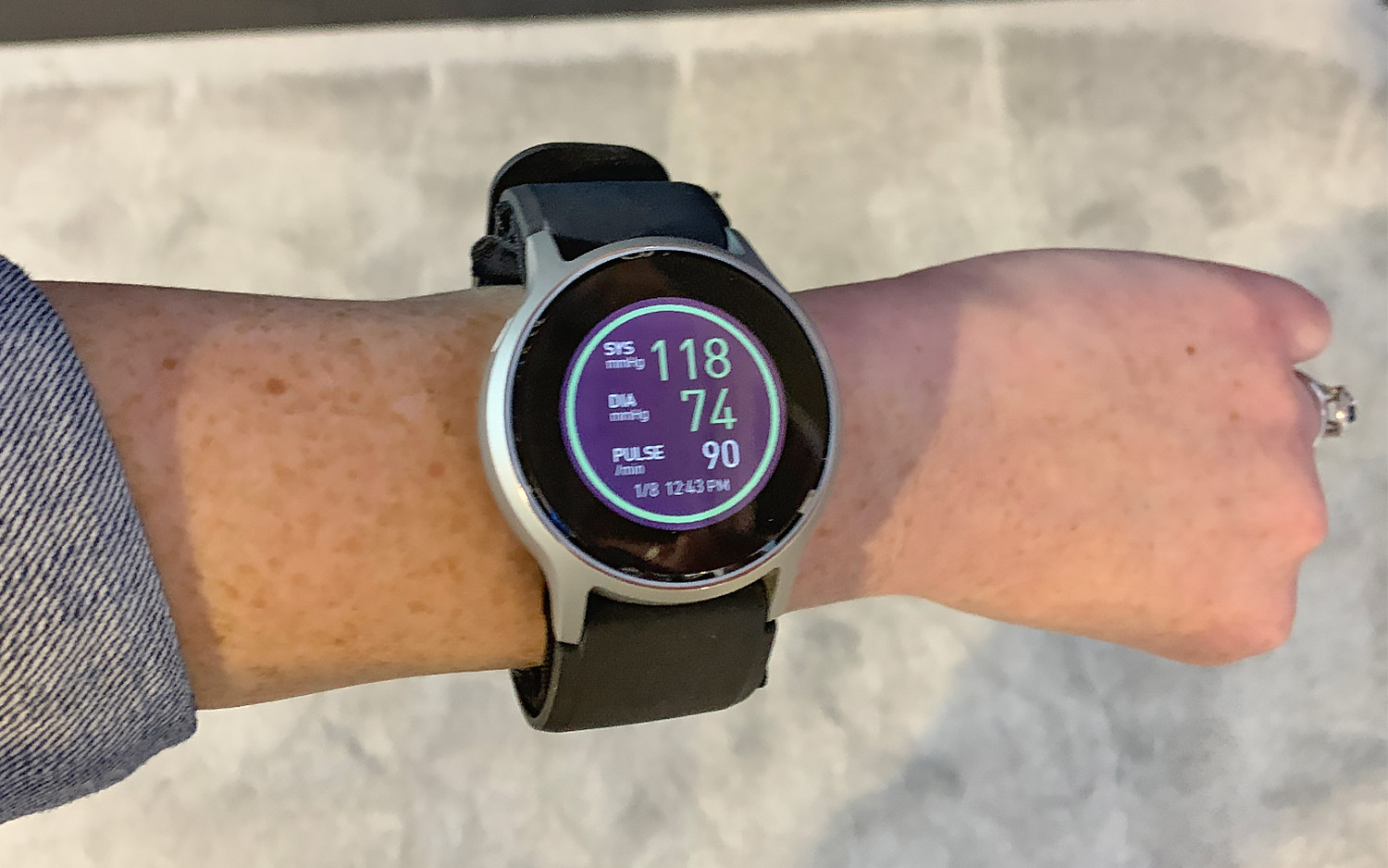
But the cuff inside the polymer band takes blood-pressure measurements, a device that has been cleared by the U.S. Food and Drug Administration. With the ability to take multiple readings a day without broadcasting to the world that you’re using a medical device, the HeartGuide could make a meaningful difference in the way people manage their heart health. — Caitlin McGarry
Credit: Tom's Guide
Best Router: D-Link 5G NR Enhanced Gateway
D-link's 5G NR Enhanced Gateway just might up-end everything we know about in-home internet. With the advent of 5G networks, which offer true broadband speeds –– with enough bandwidth to handle data-heavy tasks like online gaming and streaming 4K video –– you'll soon be able to trade in your cable connection for a SIM card without missing a beat.
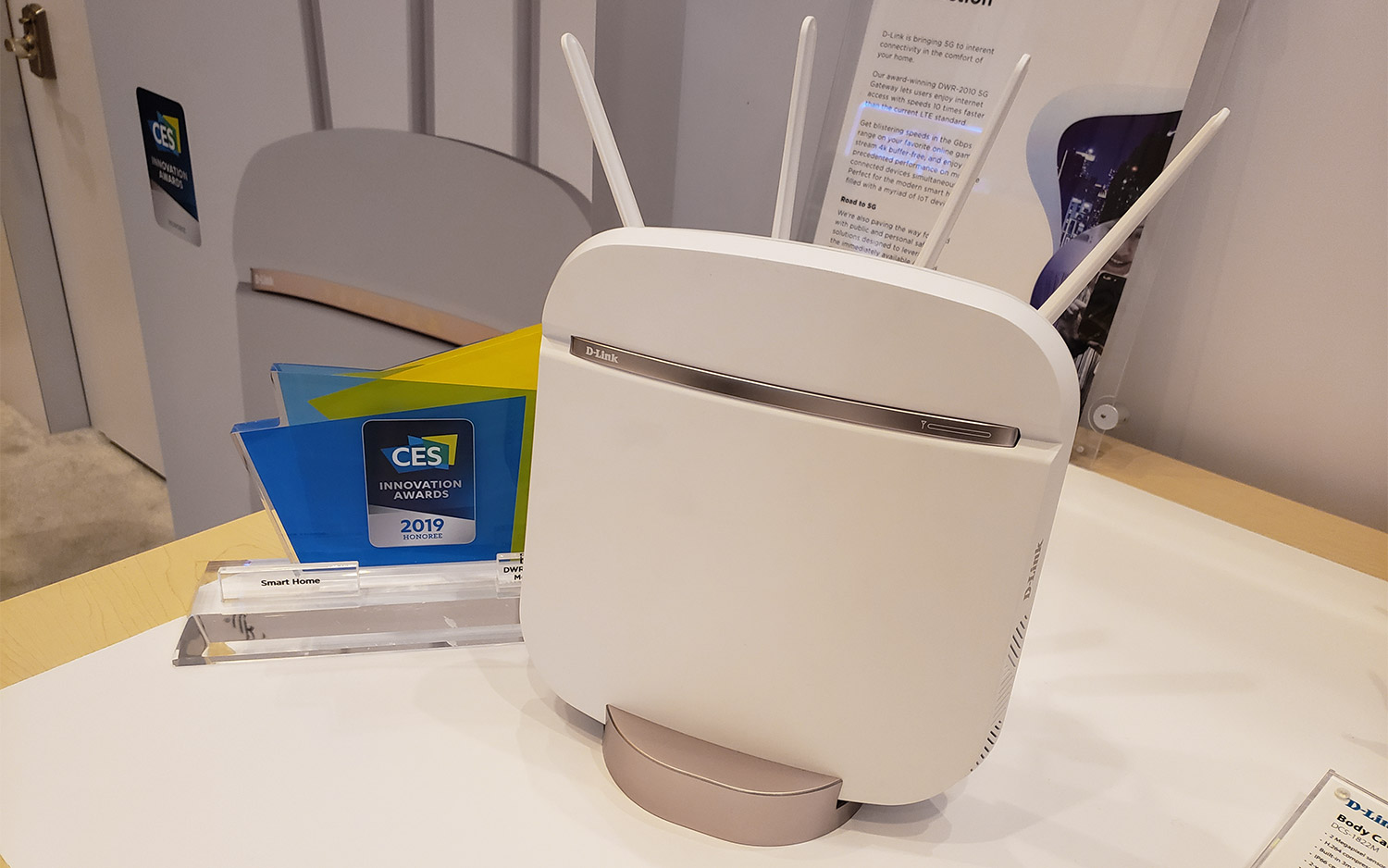
D-Link puts this 5G technology not in a smartphone or a mobile hotspot but in a full-fledged router. Wireless 5G connectivity is still relatively untested and only just available in a handful of places, but a router for the home that harnesses this capability may change the game forever. — Brian Westover
Credit: Tom's Guide
Get instant access to breaking news, the hottest reviews, great deals and helpful tips.

Tom's Guide upgrades your life by helping you decide what products to buy, finding the best deals and showing you how to get the most out of them and solving problems as they arise. Tom's Guide is here to help you accomplish your goals, find great products without the hassle, get the best deals, discover things others don’t want you to know and save time when problems arise. Visit the About Tom's Guide page for more information and to find out how we test products.
